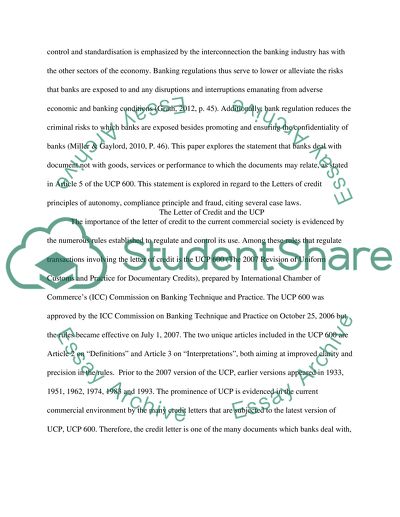Cite this document
(“Banks Deal with Document not with Goods, Services or Performance to Essay”, n.d.)
Banks Deal with Document not with Goods, Services or Performance to Essay. Retrieved from https://studentshare.org/law/1444966--banks-deal-with-document-not-with-goods-services
Banks Deal with Document not with Goods, Services or Performance to Essay. Retrieved from https://studentshare.org/law/1444966--banks-deal-with-document-not-with-goods-services
(Banks Deal With Document Not With Goods, Services or Performance to Essay)
Banks Deal With Document Not With Goods, Services or Performance to Essay. https://studentshare.org/law/1444966--banks-deal-with-document-not-with-goods-services.
Banks Deal With Document Not With Goods, Services or Performance to Essay. https://studentshare.org/law/1444966--banks-deal-with-document-not-with-goods-services.
“Banks Deal With Document Not With Goods, Services or Performance to Essay”, n.d. https://studentshare.org/law/1444966--banks-deal-with-document-not-with-goods-services.


